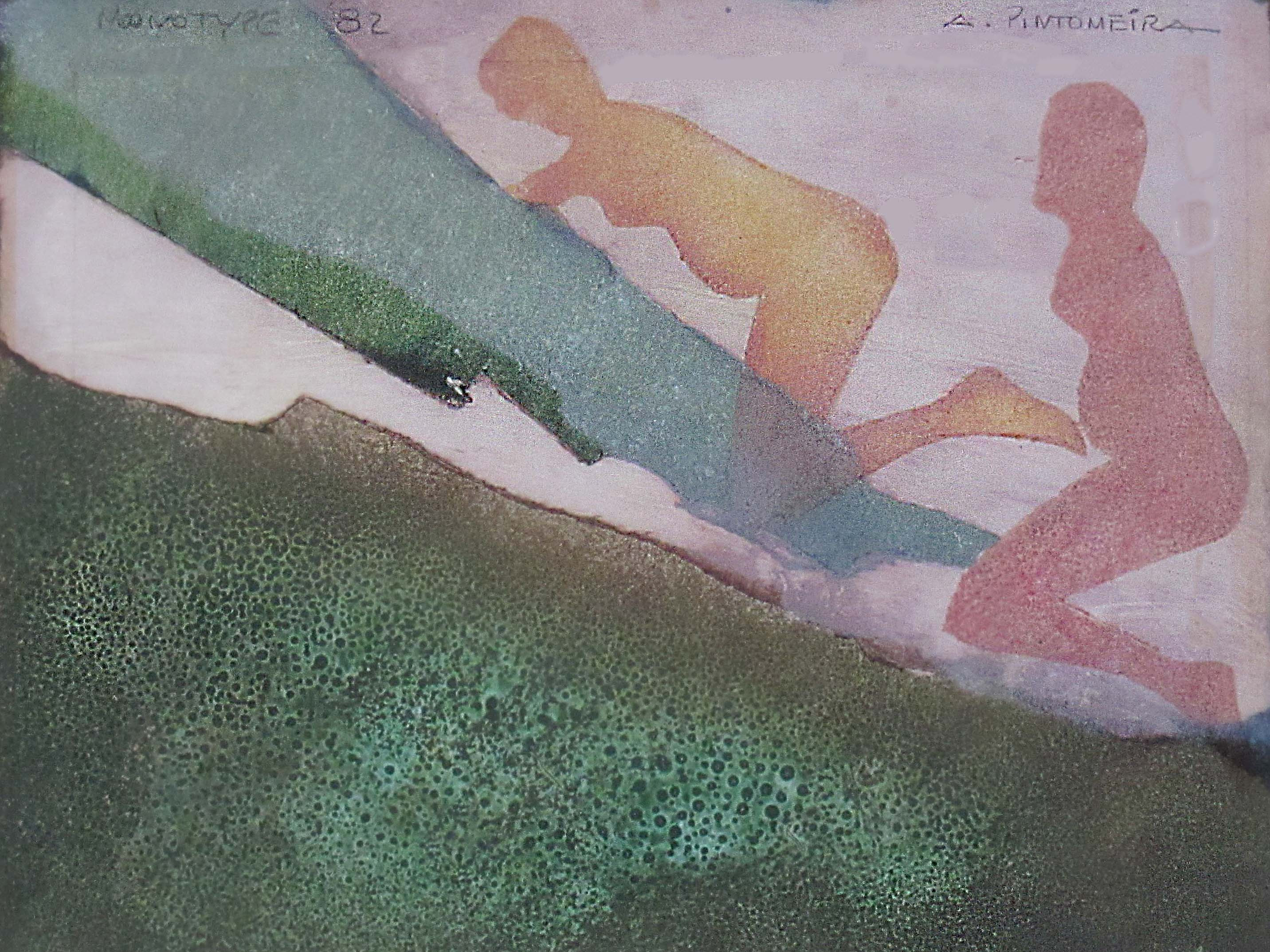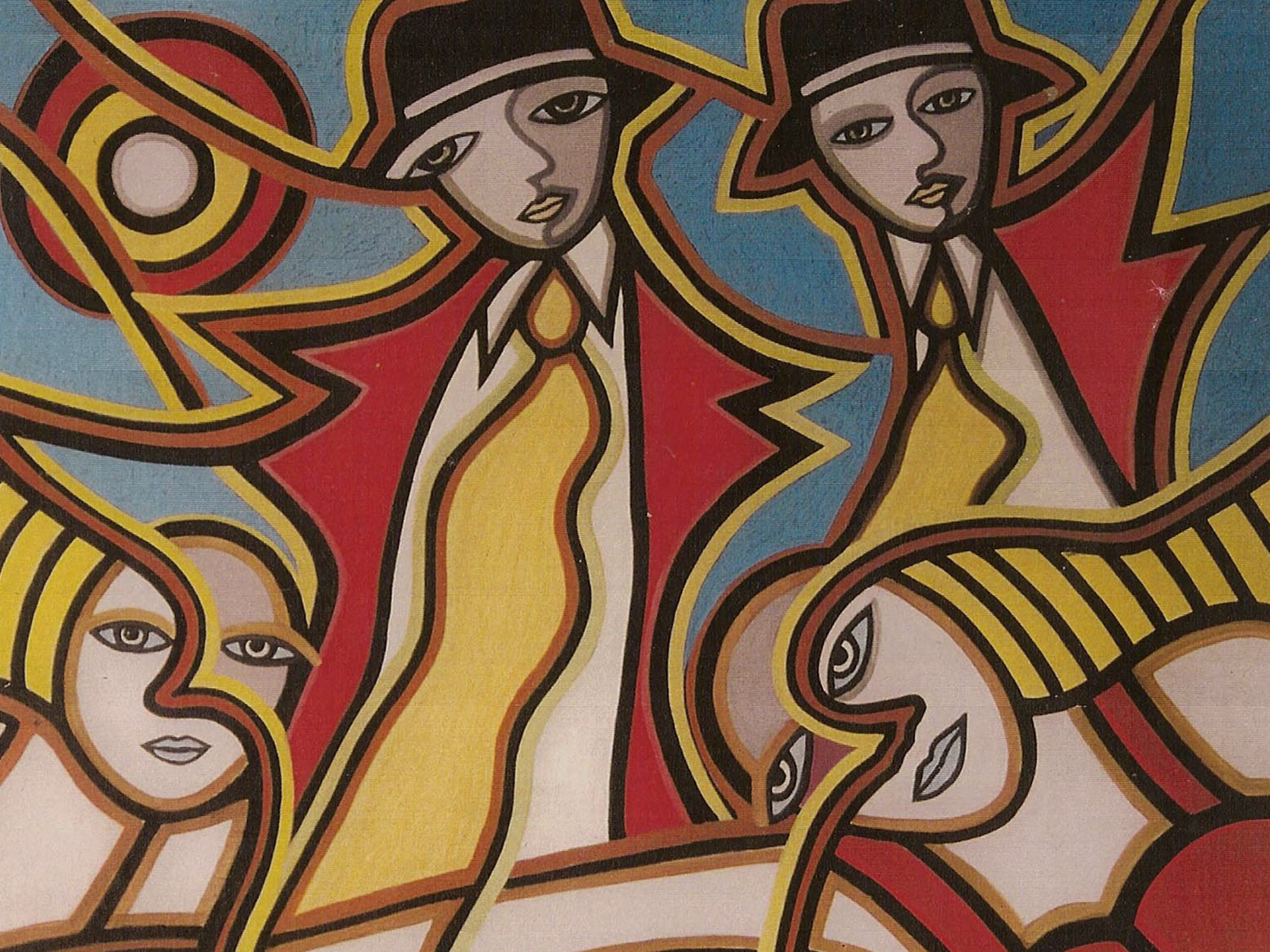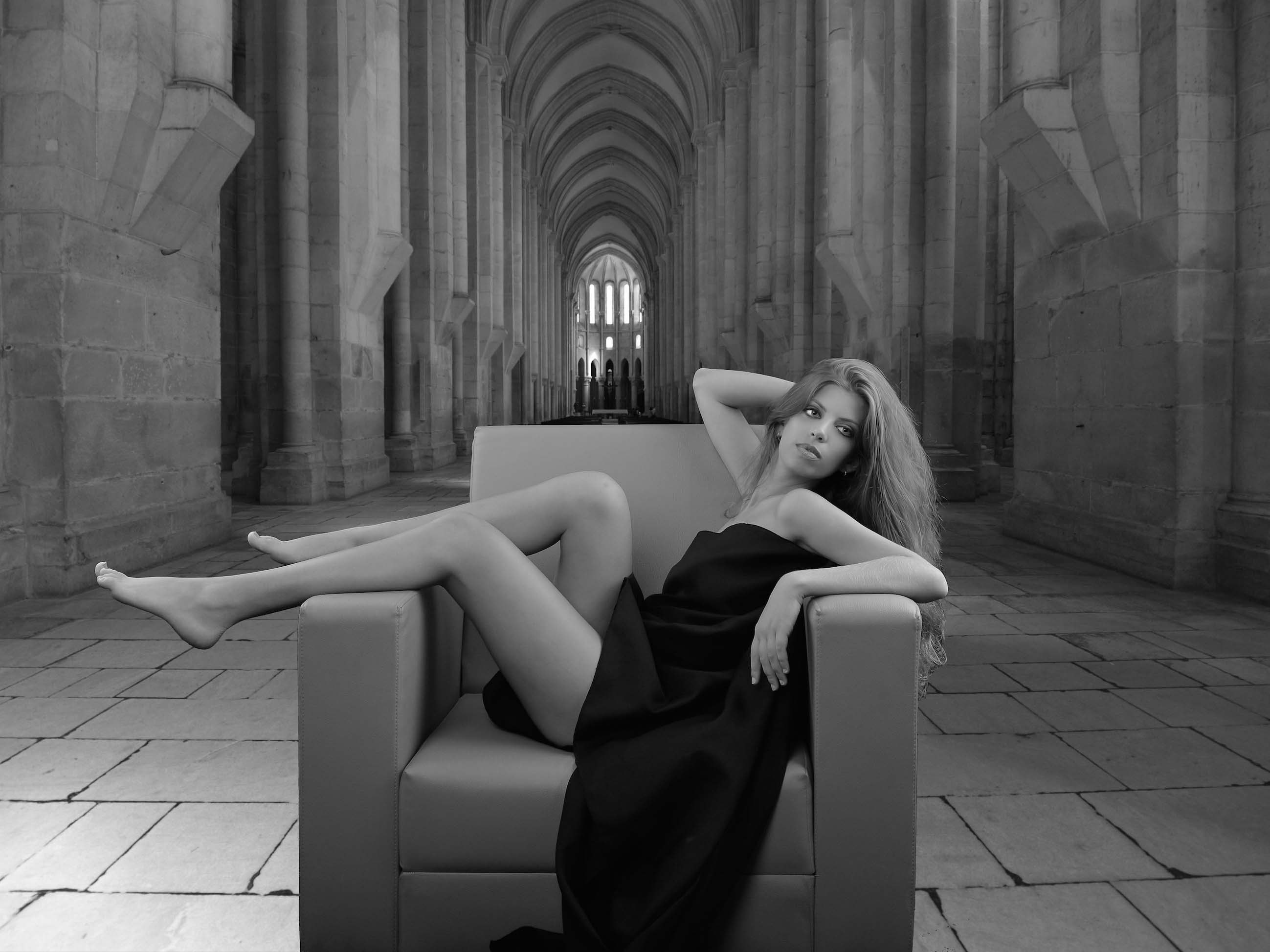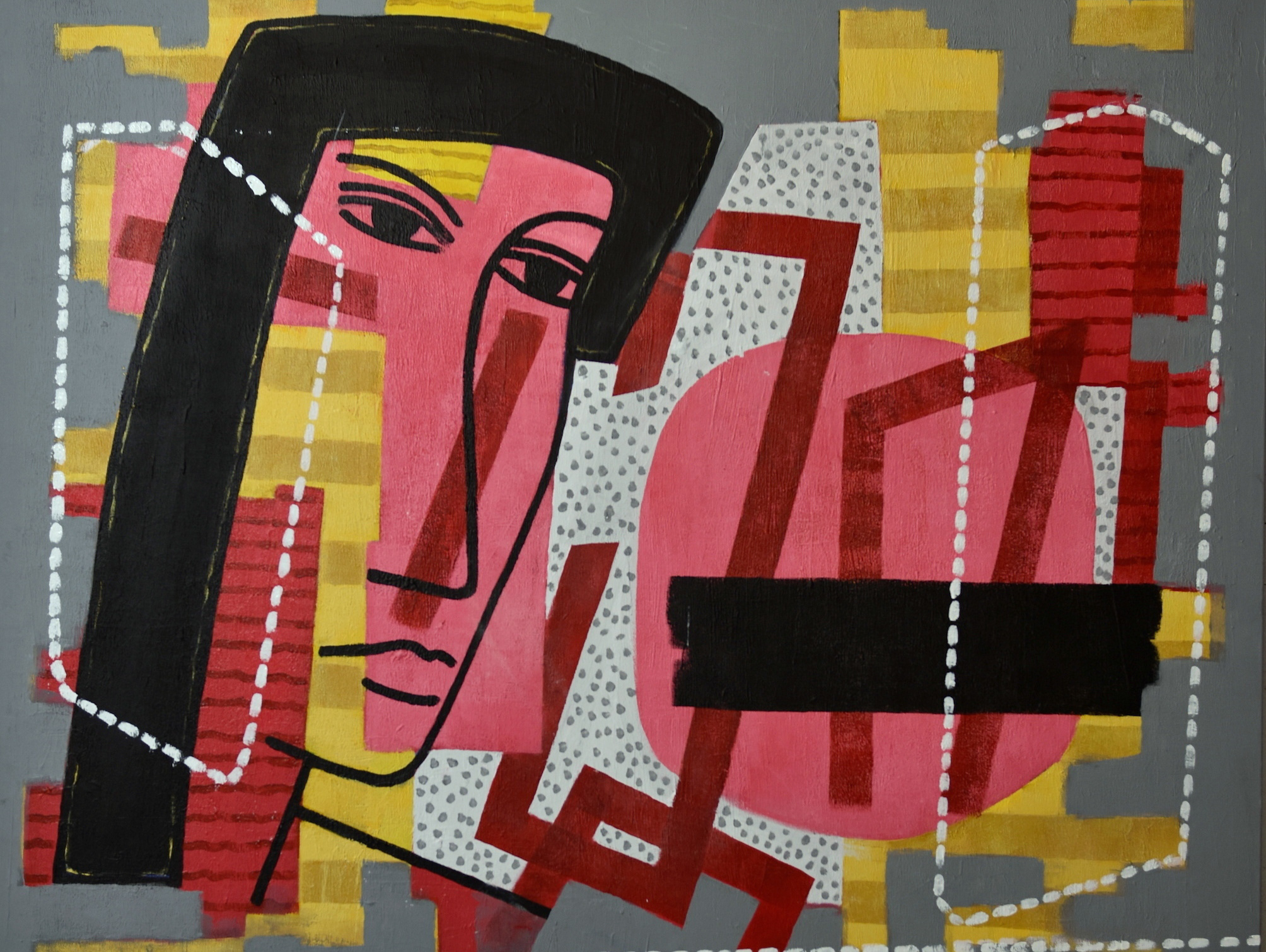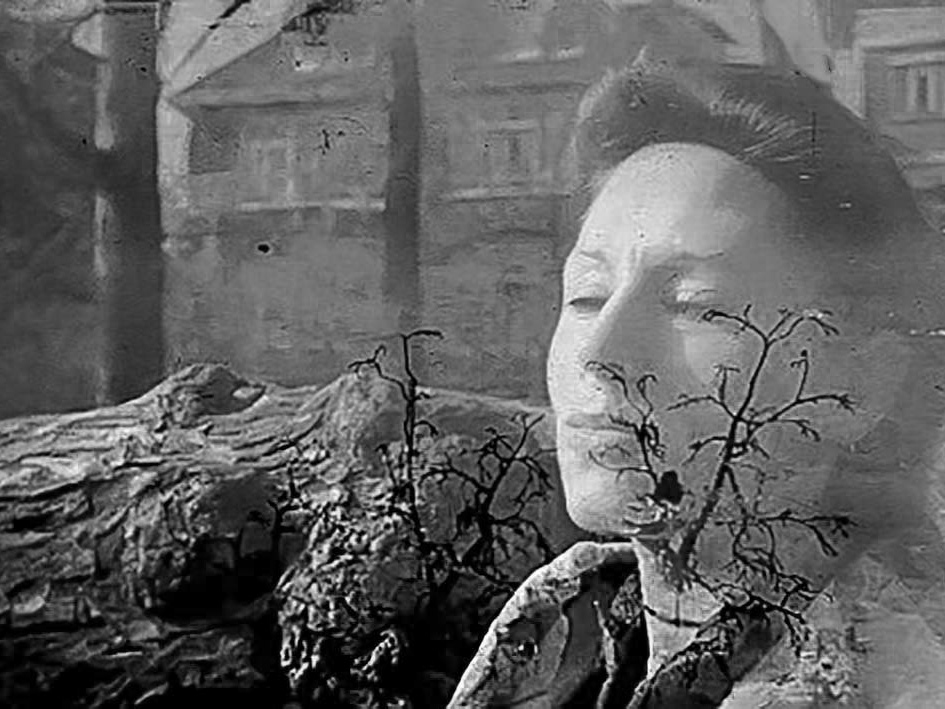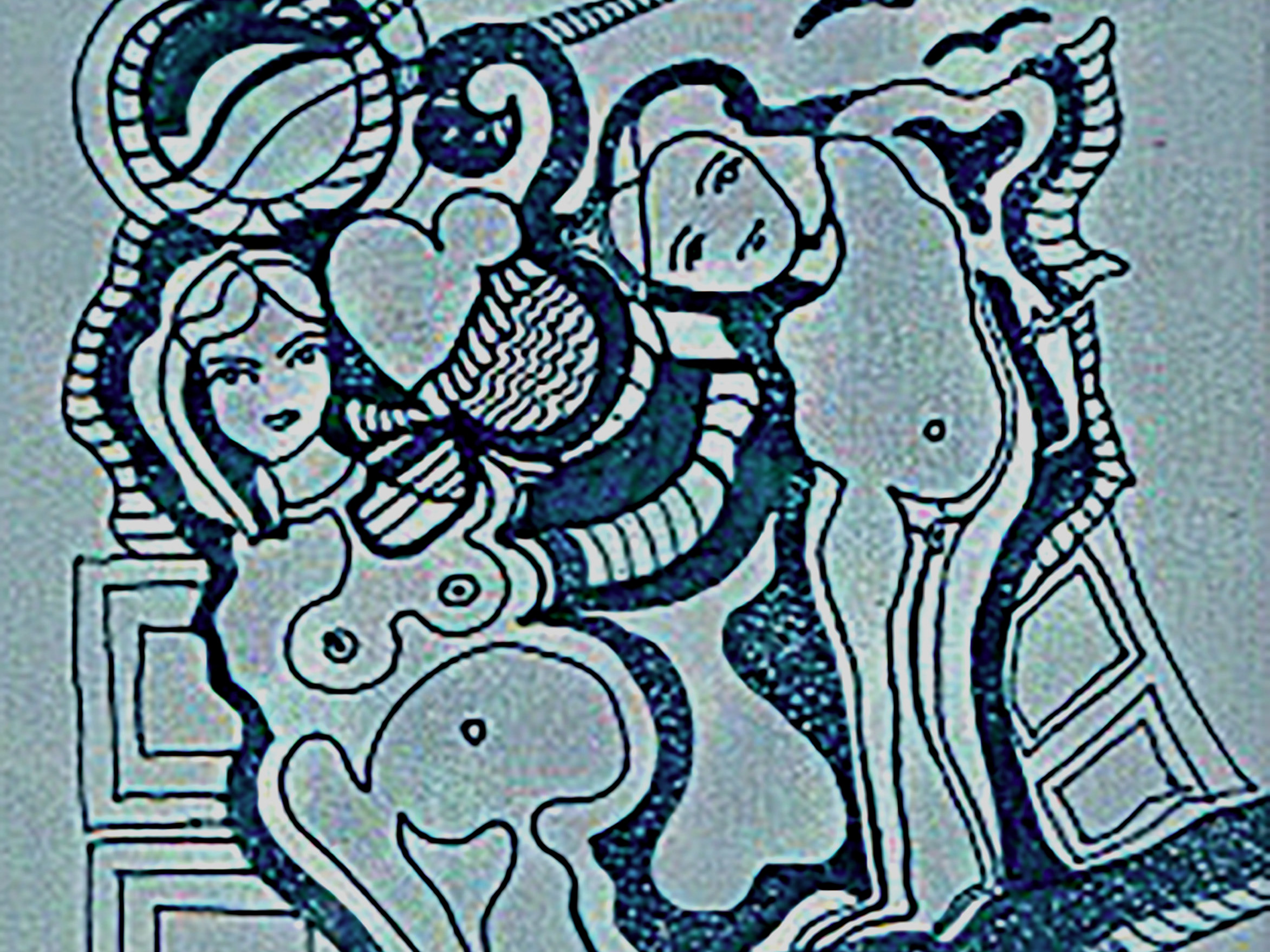DIGITAL ART
2012 . 2015
This series of works in this artistic genre, contains an ensemble of paintings and drawings realized, essentially, by two or three programs available in the computer graphics field, through their creative technics, that simulate those used in traditional painting. These artistic creations exist stored in digital support and shown in a virtual space. . He knows that his creative work produced through the appropriate tools of a computerized program and exposed in virtual environments, is considered digital art and is, today, situated in the multidimensional and multifaceted contemporary art context. Taking away science and technology, this artistic work will be transferred to his painting studio and to the paper or canvas, using for this exercise the painting’s conventional techniques.
DIGITAL ART | various software programs | 2012
DIGITAL ART | various software programs | 2013
DIGITAL ART | various software programs | 2013
DIGITAL ART | various software programs | 2015
DIGITAL ART | various software programs | 2016
DIGITAL ART | various software programs | 2013
DIGITAL ART | various software programs | 2014
DIGITAL ART | various software programs | 2014
DIGITAL ART | various software programs | 2013
DIGITAL ART | various software programs | 2015
DIGITAL ART | various software programs | 2013
DIGITAL ART | various software programs | 2015
DIGITAL ART | various software programs | 2013
DIGITAL ART | various software programs | 2014
DIGITAL ART | various software programs | 2013
DIGITAL ART | various software programs | 2014
DIGITAL ART | various software programs | 2013
The Clicked Figures
The German Wolf Lieser, Director of the DAM, Digital Art Museum, defined, this artistic expression, the following way: “Are making part of the digital art the artistic works that, having on one side a visual language specifically media related, revealing, on the other side, the meta-characteristics of the environment.” In a most understandable and comprehensive way, we can say that all the artistic manifestations, created in a computerized graphical environment, through using tools provided by diverse software programs, can be considered as digital art.
Nowadays, with the vast power and influence of digital technologies in various languages of artistic expression and, the lack of analysis and studies to define rigorous criteria in order to establish boundaries, all that what is conceived and produced in this environment, has been considered art, in this specific case, digital art.
The first time the computer was used to produce art, mostly, geometrical patterns, began at the end of the fifties, when scientists, occasionally, encountered this possibility. In the past years, the scientist, when transmitted his experience to the artist, gave him the opportunity, from then on, in an intentional way, to start producing his creations, still considered as experimentalisms. It was underway a digital revolution, from where art would take profit in order to create artistic manifestations that reflected the possibilities offered by the technological era.
Amongst others, it was Manfred Mohr, a German artist, who stood out, at the dawn of the digital art period, realizing in 1971 an individual exhibition in the ARC – Museum of Modern Art of Paris, which would stay in the history as the first show exhibiting works created by computer graphics. Being considered a pioneer, people used to say, underlining his work, that Manfred Mohr taught the computer to make art. He personally declared: “The idea of creating art from algorithms is the central point of my work, where a non-visual logic will create a visual artwork. This is the most exciting part of this process.” His work is a result of a search for a rational art, strongly geometrical, conceptual, arrived to us through drawings and minimalist paintings.
Another pioneer in the graphical computerized field, animation and digital art was the American Charles Csuri that, already in 1964, decided to transform computers into a tool to being used by artists. A painter and, from 1978, a Professor at the University of Ohio, very early, got fascinated by computers and their potentials as tools for the development of digital art, being one of the most recognized and rewarded artist in this field. It was in 1987, the founder of Advanced Computing Center for the Arts and Design, from the University of Ohio, dedicated to the development of digital art and computer animation.
Only later, since the second half of the seventies and, mainly, during the eighties, as a consequence of the computers technological evolution, with the video and animation production, photo manipulation, engraving, etc, the digital art acquired statute and occupied its place in the exhibitions circuits, being understood as contemporary art.
Pintomeira uses, since 2009, the specific computer programs with their available tools, to create digital works of artistic expression, having produced a series with the denomination of Click Art.
This series of works in this artistic genre, contains an ensemble of paintings and drawings realized, essentially, by two or three programs available in the computer graphics field, through their creative technics, that simulate those used in traditional painting. These artistic creations exist stored in digital support and shown in a virtual space. However, the author defined that this pathway, placed at his disposal by the respective computer software, would be the first phase of a larger and complete process. The artist is aware that this creative and elaborate computer exercise, being ephemeral and suffering of the absence of unicity, doesn’t contextualize nor fits the definition of what is considered art in its most conventional form. Not existing a unique and objective definition that tells us, clearly, what art is, we have here an ambiguity. In this case, is the ambiguity that might help us to form one of the many definitions for art: an ensemble of ambiguities.
Pintomeira, having an extensive experience in artistic creation in the visual arts area, being the painting the privileged and most worked one, knows that, existing this one expressed in physic materials, cannot be compared with the other existing in virtual environment. But, he also concluded that the creative process, being of a rational or of a subjective and emotional approach, doesn’t depend on the support, tools, technics or technology used. He knows that his creative work produced through the appropriate tools of a computerized program and exposed in virtual environments, is considered digital art and is, today, situated in the multidimensional and multifaceted contemporary art context.
Now, according to the planning made by the artist, has arrived the time to advance towards phase two of this process of digital art creation that will, partially, cease to exist as such. Considering that digital art incorporates, through its modus faciendi, science, technology and art, Pintomeira, not feeling himself fulfilled nor comfortable with the inherent characteristics to a reductive vision of the art shared in network, through a virtual gallery, he will transfer his work produced by computer, to the conventional supports.
The author that, in a first conceptual phase, lived in a digital environment of artistic creation, breaking with the conventional, is now getting back to his comfort zone, in the aesthetical field of expression, to give a physical and palpable condition to a work that until now, only existed, virtually. Taking away science and technology, this artistic work will be transferred to his painting studio and to the paper or canvas, using for this exercise the painting’s conventional techniques.
Conceptually, at its genesis, at its first idea, this work will keep on being digital art, carrying with it the DNA of the aesthetical construction first moment, realized with digital tools of a picture editing program.
Globally, Pintomeira, transposing the digital picture to paper or canvas, will elaborate a copy of it, using a really distinct technic than the one first used for the original construction. In this exercise, considering that, ab initio, digital art comes from a picture produced by the mind, like it happens in other traditional forms of artistic expression, nothing changing conceptually, changing a little in its formal and chromatic construction, it will, however, change something in its aesthetical expression.
The presentation, being notoriously different because of the characteristics of the used materials, will also bring with it, a different appearance. This digital art, having its alter conceptum been transferred from the computer’s file to the artist’s atelier, to be converted to a painting of traditional technics, will keep on residing in the virtual gallery, in the original format of its unique conception. It will continue existing into the technological womb which generated it, fertilized and conceptualized by the imagetic capacity and aesthetical sensitivity of its author.
In its original format, his artworks, configured like digital art with a specific mediatic language, are shared in the network through his website and blog, just like in other virtual galleries made available online to the users. Pintomeira accepted to be seduced by this kind of artistic intervention and by this technological innovation that offers tools to produce digital art, because, quoting Aquilino Ribeiro, “…it is independent, original and entire as a barbarian.” It is global, navigates without cuffs and doesn’t bring on the leash the labels and clichés of the classical, modern or contemporary art and, finally, it is not tamed by the hegemonic power of the art markets and it is not impressed by the pretentiously erudite and “nothing saying” writings of some art critics. Even though its unicity and ephemerality still constitute an essential question to clarify and solve, the digital art, accidentally discovered by scientists, mathematicians, and embraced with enthusiasm, by some pioneer artists of the seventies and eighties, it reached nowadays its full acceptance in the contemporary art world.
